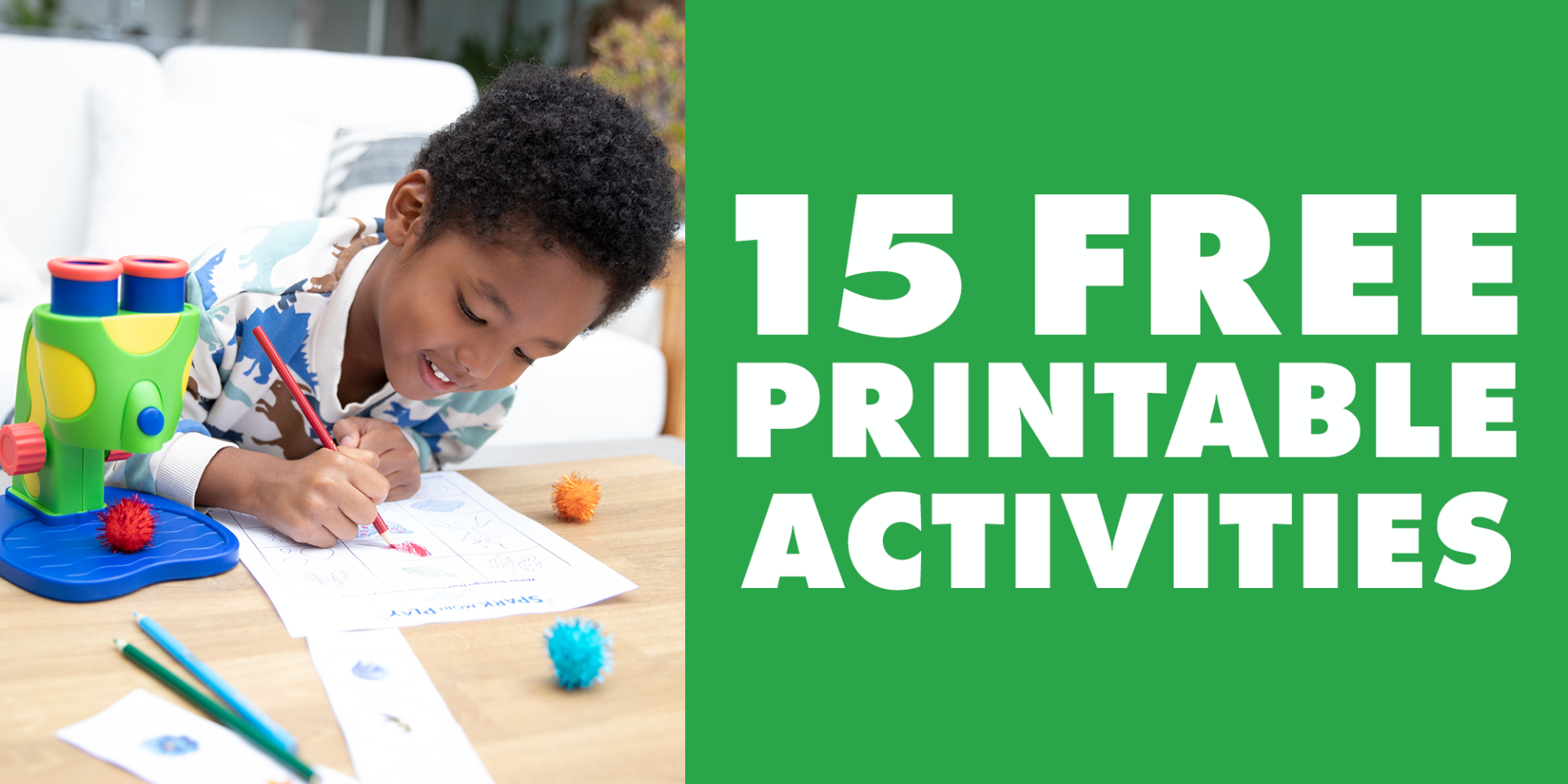
Tips for Teaching Inclusion
- EI Editor Posted On Jun 21, 2021 | Learning Through Play
Top Tips for Teaching Inclusion and Respect for Diversity
We all want to leave a better world for our kids. One of the ways we can pass on a happier legacy is to raise better global citizens! Below, find top tips from the Experts in Play at Educational Insights to help you teach your children to hear and respect each of our different stories and to find the commonalities that can bring us all together:
1. Model Acceptance
Take a good look (and listen) at yourself and make sure your speech and actions are free of judgment and stereotypes.


2. Encourage Curiosity
Kids are naturally curious. Rather than shushing their observations about others’ differences, encourage them to ask respectful questions and answer them simply and openly. This eliminates any stigma or shame surrounding the issue.


3. Applaud Individuality
Point out people who are doing something different and be specific with your kids about why you are impressed, especially about those making brave choices that may go against the “norm.”


4. Explore Other Cultures
Be intentional about exposing your kids to other cultures by providing a variety of books, toys, dolls, and movies. Explore restaurants, activities, and entertainment away from your own neighborhood. Talk about what’s different from your child’s own experience and what things seem the same.


Imagine what would happen if families everywhere took the time to immerse themselves in a wider world, learning to respect and honor all of our unique experiences. To quote Sam Cooke, “What a wonderful world this would be!”
 Shop UK Site
Shop UK Site 








